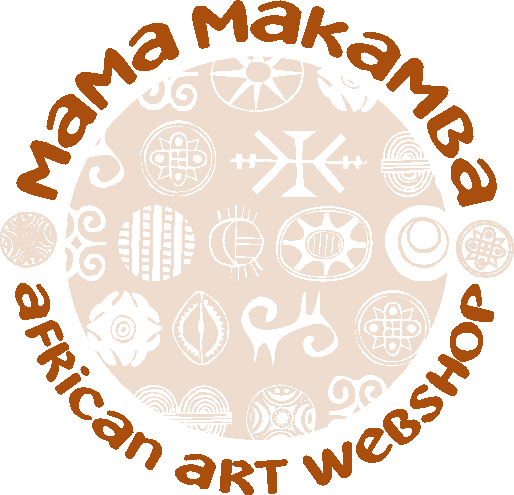Our Tribes
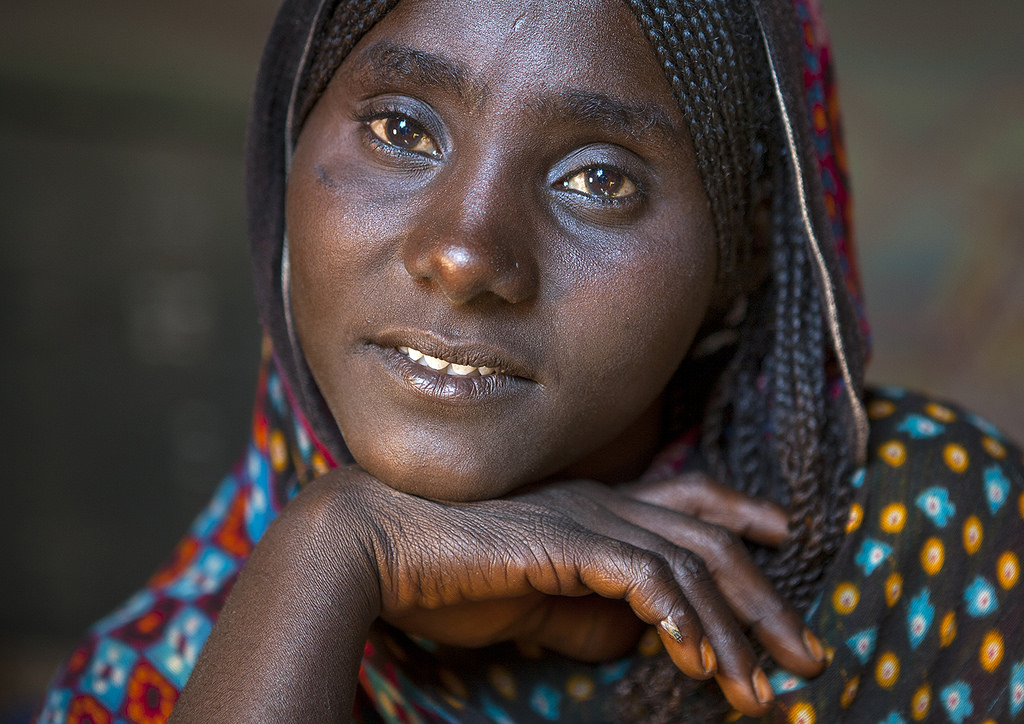
Etiopia - Afa
The Afar Regional State is one of the nine regional states (kililoch) of Ethiopia, and is the homeland of the Afar people. Formerly known as Region 2, its new capital as of 2007 is the recently constructed city of Semera, which lies on the paved Awash–Assab highway.
The Afar Triangle, the northern part of which is the Danakil Depression, is part of the Great Rift Valley of Ethiopia, and is located in the north of the region. It has the lowest point in Ethiopia and one of the lowest in Africa. The southern part of the region consists of the valley of the Awash River, which empties into a string of lakes along the Ethiopian-Djibouti border. Other notable landmarks include the Awash and Yangudi Rassa National Parks.

South Sudan - Dinka
The Dinka people are a community, composed of many ethnic groups, inhabiting the East and West Banks of River Nile, from Mangalla to Renk, regions of Bahr el Ghazal, Upper Nile (former two of three Southern Provinces in Sudan) and Abyei Area of the Angok Dinka in South Khordofan of Sudan. … population of the entire country, and the largest ethnic tribe in South Sudan.
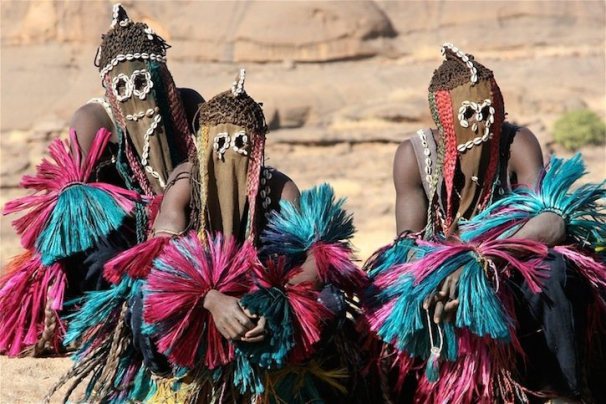
Mali - Dogon
The Dogon are best known for their religious traditions, their mask dances, wooden sculpture and their architecture. The past century has seen significant changes in the social organisation, material culture and beliefs of the Dogon, partly because Dogon country is one of Mali’s major tourist attractions
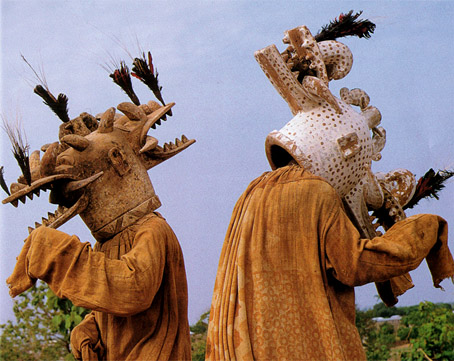
Ivory Cost - Senufo
The Senufo are regionally famous as musicians and superb carvers of wood sculpture, masks and figurines. The Senufo people have specialized their art and handicraft work by subgroups, wherein the art is learnt within this group from one generation to the next. The Kulubelespecialize as woodcarvers, the Fonombele specialize in blacksmith and basketry work, the Kpeembele as brass casting specialists, the Djelebeleare renowned for leatherwork, the Tchedumbele are masters of gunsmith work, while Numu specialize in smithing and weaving.Outside the artisan subgroups, the Senufo people have hunters, musicians, grave-diggers, diviners and healers who are called the Fejembele. Among these various subgroups, the leatherworkers or Djelebele are the ones who have most adopted Islam, and even those who convert retain many of their animist practices.
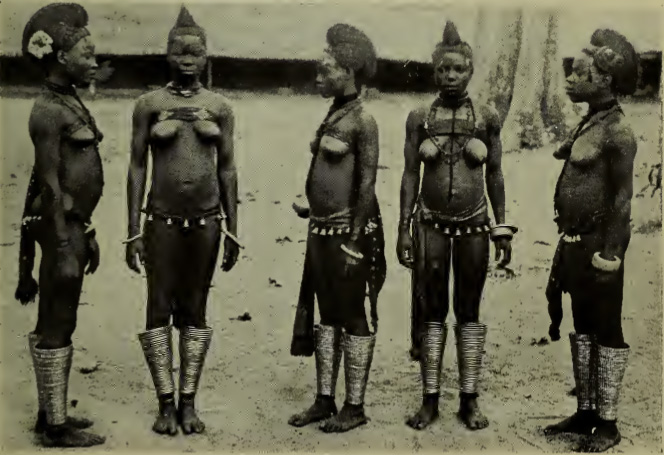
DRC - Songye
The Songye people, sometimes written Songe, are a Bantu ethnic group from the central Democratic Republic of the Congo.The Songye people, like Luba people, are well-known Zappo Zap wood carvers who are renowned for making ceremonial masks, power figures, and other ceremonial items.
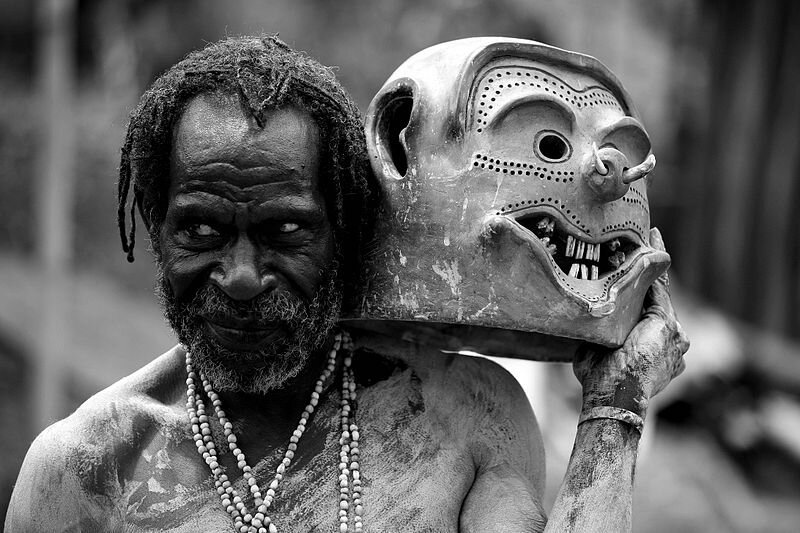
Ivory Cost - Gerembo
Kings or chiefs often wore a heavy brass ankle ring, which was put on in early life by a blacksmith, and worn to the death. These anklets were considered animate, and regularly fed human blood.
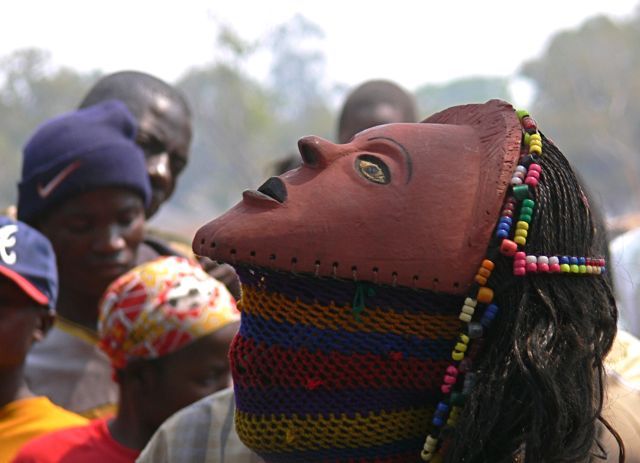
Angola - Chokwe
The Chowke people live in woodland savanna, but are also found along rivers and marshland with strips of rainforest.In the north, the Chokwe are known as skilled hunters. In south, their livelihood has traditionally centered around cultivation of staple crops such as cassava, yams, millet, beans, peanuts and corn (maize). Pastoral activity with cattles is also a part of the southern Chokwe people’s life.
They are regionally famous for their exceptional crafts work, particularly with baskets, pottery, mask carving, statues, stools and other handicrafts.The art work include utilitarian objects, but often integrates Chokwe mythologies, oral history and spiritual beliefs. For example, the culture hero Chibinda Ilunga who married a Lunda woman and took over power is an often sculpted figure. The Cikungu art personifies the collective power of Chokwe’s ancestors, while Mwana po figurines depict the guardians of fertility and procreation. The Ngombo figurines have been traditionally a part of divining spirits who are shaken to tell causes of illness, misfortune, not having babies and other problems faced by a family or a village.
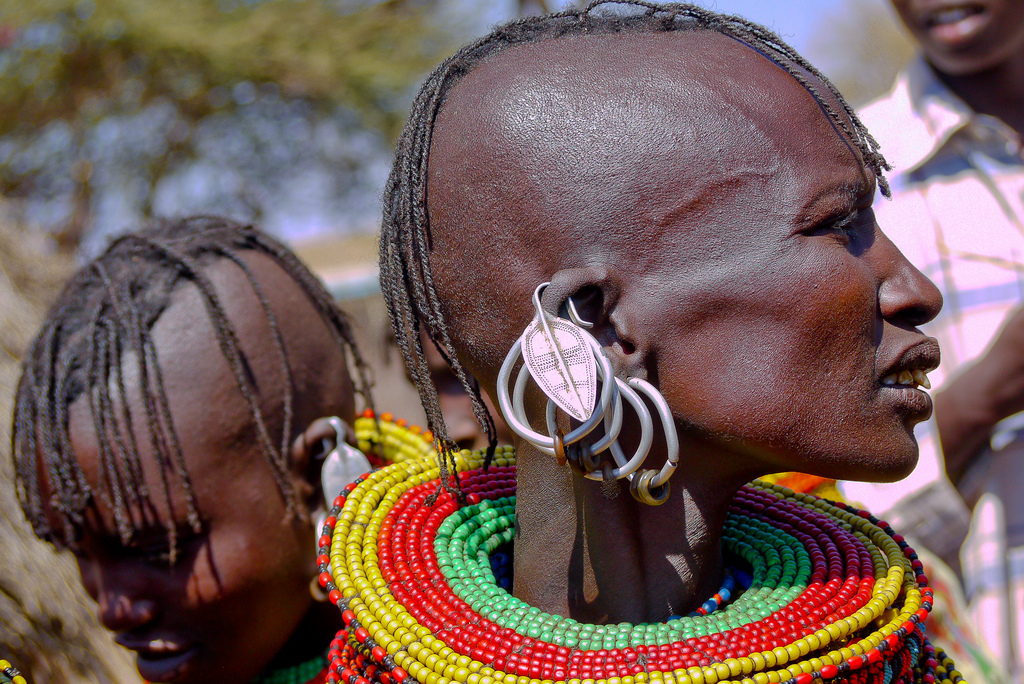
Kenya - Turkana
Some of the most beautifully crafted items from the Turkana are the bracelets and necklaces worn by the women. Turkana craftsmen also produce many other artistic items, especially weapons such as spears, clubs and knives. The Turkana also manifest special skills in metalwork, woodcarving, and stone carving.
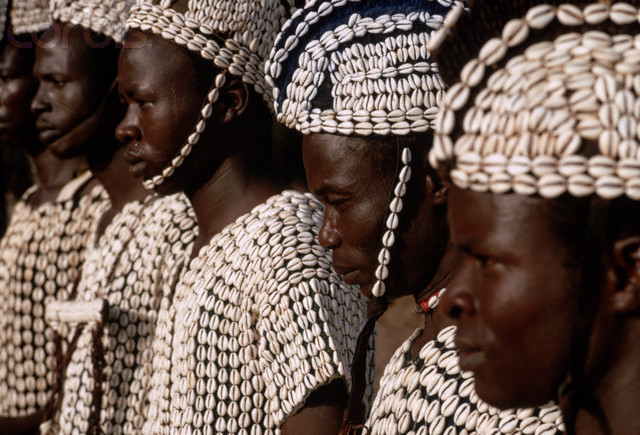
Ivory Cost - Baule
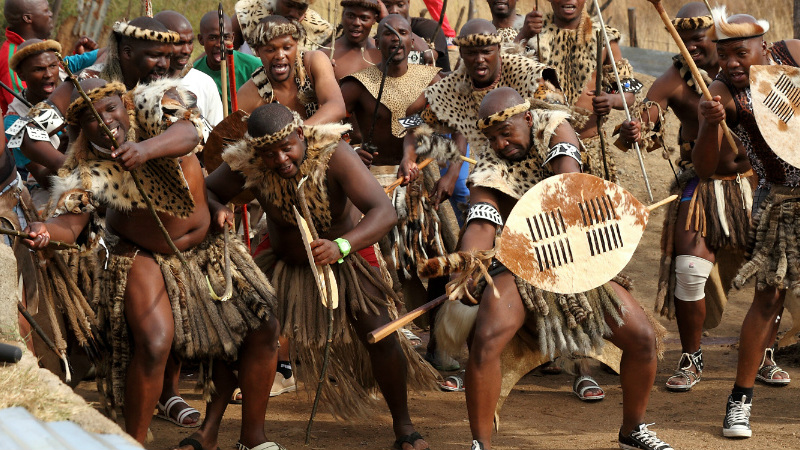
Zimbabwe - Tsonga
The first Tsonga-speakers to enter the former Transvaal probably did so during the 18th Century. They were essentially traders who followed rivers inland, where they bartered cloth and beads for ivory, copper and salt. The Shangaan tribe came into being when King Shaka of the Zulu, sent Soshangane (Manukosi) to conquer the Tsonga people in the area of present-day southern Mozambique, during the Mfecane upheaval of the 19th Century.
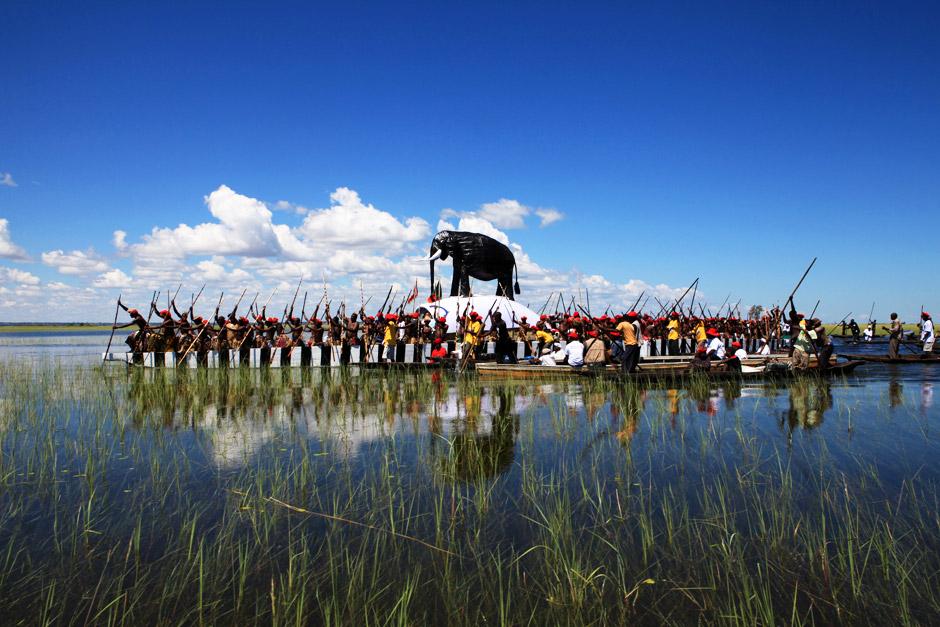
Zambia - Lozi
Ceramics: Many pots are vase shaped and without handles. Some of these are decorated around the neck with patterns of a lighter or darker color, and others are highly polished to give the appearance of glaze. The lozi also makes large urn-shaped maize bins are made of unbaked clay that may have clay lids. On the front of these vessels, close to the bottom, is a semicircular opening protected by an interior slide, which may be lowered or raised by horizontal handles.
Industrial Arts. The Lozi are skilled ironworkers. Blacksmiths smelt the iron ore obtained from stream and river beds and from swamp soils to produce axe, hoe, and mattock heads, snuff spoons, crocodile hooks, knife blades, dagger blades, iron ankle-rings, hammers, and other items. A skilled and experienced blacksmith will often embellish his work with punched ornamentations or bosses. Many utilitarian pots are vase shaped and without handles; some of these are decorated around the neck with patterns of a lighter or darker color, others are highly polished to give the appearance of glaze. Large urn-shaped maize bins are made of unbaked clay and also have clay lids. On the front of these vessels, close to the bottom, is a semicircular opening protected by an interior slide, which may be lowered or raised by horizontal handles.
The average Lozi can carve a knobkerrie or a handle for an axe or a hoe; the Lozi also produce excellent dugout canoes. Many of the wooden artifacts used by the Lozi, such as stools, bowls, and dishes, are probably obtained in trade from neighboring tribes.

Nigeria - Nupe
The Nupe were described in detail by the ethnographer Siegfried Nadel, whose book, Black Byzantium, remains an anthropological classic
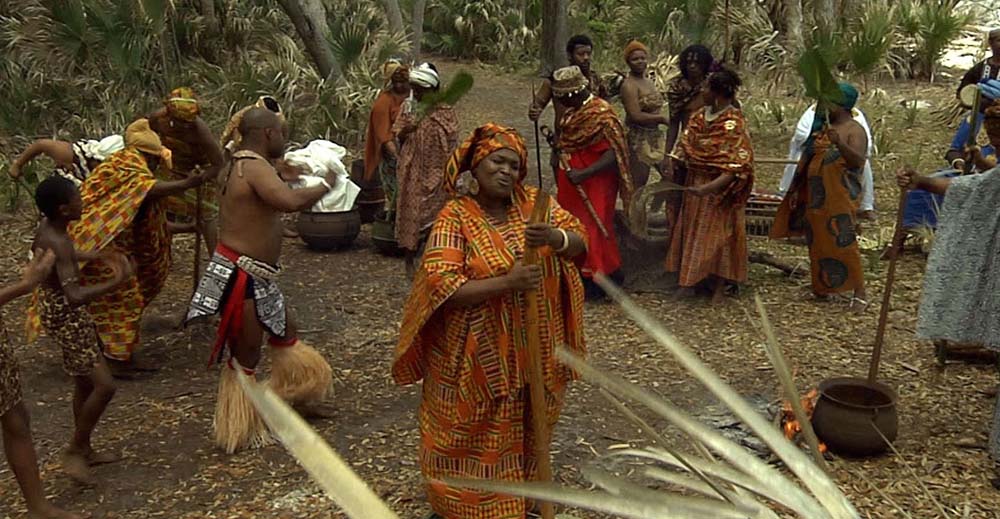
Gabon - Baga
This ethnic group is located in the Ogooue River region in Gabon. The Duma were the great boatmen of the Ogooue. They believe in a God who made the world, in an immortal soul and in retribution for evil; they worship spirits and ghosts, and are under the sway of sorcerers and secret societies, to which even the authority of their chiefs must yield. Remarkable are their masks with flat surface for face, domed forehead, an angular nose, an interesting interplay of flat, convex, and angular forms. These masks are mostly polychrome, some with a painted design pattern. For the last half-century these masks have been used for celebratory dances associated with the major social rituals. Their former role is less well documented.
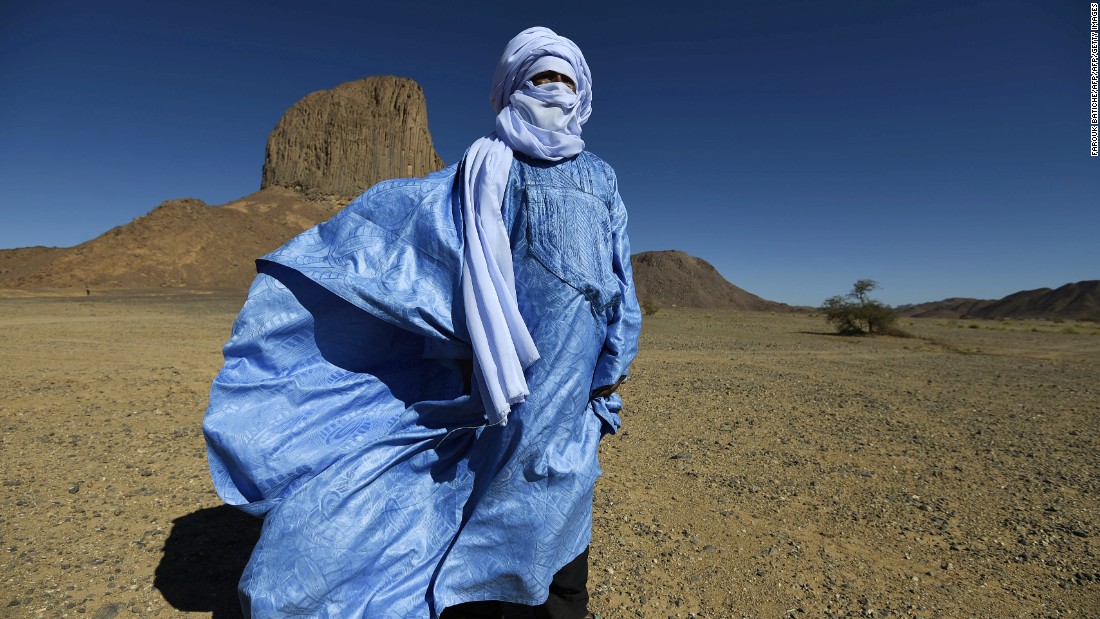
Mali-Niger-Mauritania - Tuareg, nomads from West Africa
Much Tuareg art is in the form of jewellery, leather and metal saddle decorations called trik, and finely crafted swords. The Inadancommunity makes traditional handicrafts. Among their products are tanaghilt or zakkat (the ‘Agadez Cross’ or ‘Croix d’Agadez’); the Tuareg sword (Takoba), many gold and silver-made necklaces called ‘Takaza’; and earrings called ‘Tizabaten’. Pilgrimage boxes have intricate iron and brass decorations, and are used for carrying items.
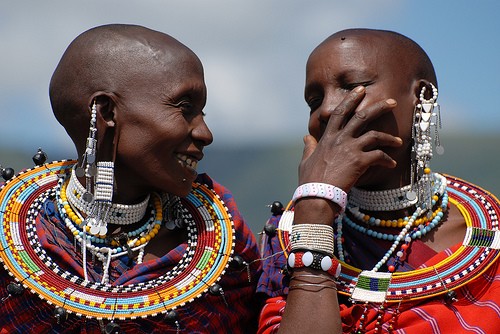
Kenya - Ashanti
The golden stool is sacred to the Ashanti; today great pride in the Ashanti King lives on in the tradition of the Golden Stool. There is an elaborate legend surrounding it that is told by the old men of Ashanti. The golden stool is very carefully protected. No one has ever sat on it and since its arrival; it has not touched the ground. As an Ashanti symbol, the golden stool represents the worship of ancestors, well-being, and the nation of Ashanti. As a symbol of nationhood, and because if contains the sumsum or Soul of Ashanti, the Golden Stool is considered to be so sacred that no person whatsoever is allowed to sit upon it. It is kept with the strictest security and precaution; and is taken outside only on exceptionally grand occasions. Never must it come in contact with the earth or the ground. It is always lying on its own stool or on the skin of an animal such as the leopard. Ashanti’s have on many occasions made great sacrifices to defend it when its safety had been threatened. In 1896 they submitted to the deportation of their King, Prempeh I, rather than resort to a war in which they feared they might suffer defeat and risk the loss of the Golden stool. They deemed the loss of their King a small thing compared with the loss of their Golden Stool.
